In part two of our special three-part interview with Vincent Focarelli, the former notorious ex-bikie leader talks about life as an Italian migrant kid in Adelaide in the 1980s, how he got his first taste of gang life in the schoolyard, came to rule the night scene and started his rise through the ranks to become one of the city’s most notorious gang leaders.
‘PACK UP, WE’RE GOING TO AUSTRALIA’
The Campania region in southern Italy unfolds along the Tyrrhenian Sea and is one of the country’s most picturesque coasts.
It was there that Enzo Focarelli – the son of an artist and cleaner – attended boarding school while his father and mother struggled to provide for their children.
When the Irpinia earthquake struck the area on November 23, 1980, more than 2000 people died, at least 7700 were injured, and 250,000 became homeless.
The school was badly damaged by the 6.9-magnitude quake and, desperate for a better life, the Focarelli family grabbed their few belongings with dreams of settling on land a world away.
“When my mum said ‘Pack up, we’re going to Australia’, I said ‘Where, Rome? Near Milan?’. All I knew was my world and that was Italy.”
The six-year-old didn’t understand the concept of opportunity in South Australia – but the idea of an unknown adventure was exciting.
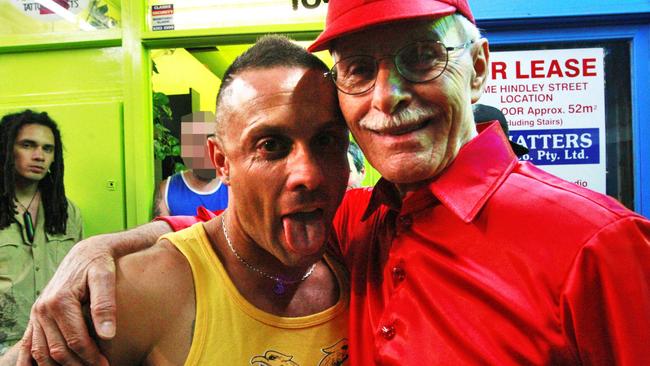
“We were on the plane and made an emergency stop in Singapore for my younger sister who suffers from autism and Down syndrome,” he said.
“She was dying on the plane. She got really sick and the medication wasn’t working. So they made the stop. We got off for a couple of weeks until she got better.
“Then we got back on the plane and hit Australia. I think we landed in December, 1980.”
The family stayed with relatives before moving into a Housing Trust home at Blair Athol, which became home for more than 30 years.
Up until that point, Focarelli had enjoyed his new life. But Gepps Cross Primary School was about to change that.
“That’s the first time I was scared. They weren’t talking Italian. Everything was weird and my mother was taking me to a place where I’d never been before, kids I’ve never seen before and dropping me off,” he said.
“Three days she dragged me through the corridor.
“It was a hard time for me. There was a lot of racism. I spoke an alien language to them and that was my turning point for learning to fight. I had no choice.
“That’s when I realised I could fight. When they were throwing punches it wasn’t reaching me at all. I realised I had some ability to be strong but because I was small and tiny people didn’t see that until they got a taste.”
Schoolyard fights quickly shaped the feisty boy, who discovered a jab, straight right punch or thundering uppercut was a far more exciting way to test himself than equations on a blackboard.
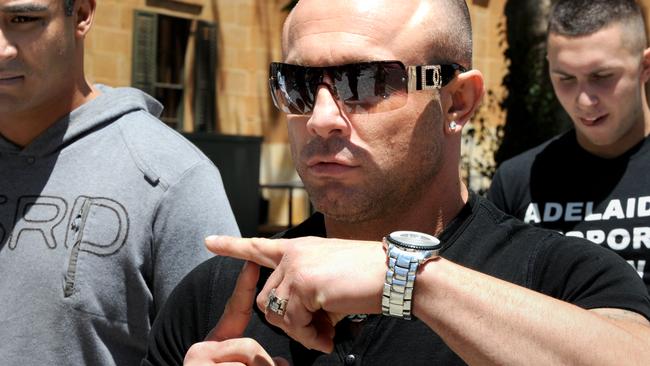
But as his reputation grew, and the number of bullies to beat up on ran low, the dust-ups settled towards the end of Year 5.
“I wasn’t the strongest guy in the world but that fear got me ahead,” he said.
‘I MADE THREE OR FOUR JACKETS AND I HAD A GANG’
Focarelli’s father Giuseppe’s penchant for creating art with paint came second to his love for designing clothes with beautiful fabrics.
A tailor by trade, he enjoyed the challenge of cutting, sewing, stitching and weaving to bring suits to life.
And because of this, discarded materials would often be left lying around the house.
It was perfect for Focarelli who, as an 11-year-old, became obsessed with 1979 cult film The Warriors.
In the film a group of brawlers, called The Warriors, are framed for murdering the leader of another outfit during his attempt to unite all gangs across New York City.
With rival gangs hunting them, The Warriors must make it home to the safety of Coney Island or die.
“Man, that movie. When I watched that movie, I took some vinyl that looked like leather and I made three of four jackets and I had a gang.”
“It was Year 6 at Gepps Cross Primary School. I brought them to school and I was blood brothers – we cut our fingers together – with Kevin (not his real name).
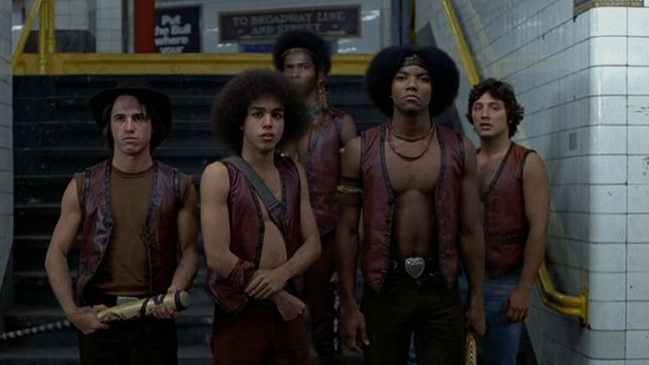
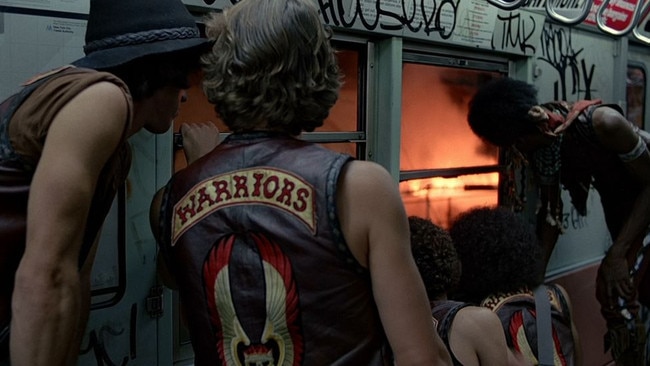
“He was the toughest bloke in the school, so him and I hit it off. He was a real Aussie. I made him the boss and I was the enforcer pretty much. We ran the gang and we wore the jackets.
“We stayed together at Enfield High School, then after that we separated because I hit the gangster world.”
In a strange twist of fate, it wasn’t until many years later the Focarelli discovered Kevin had gone on to join SA Police as a detective.
“When they raided one of my houses, and they arrested me, he was one of the detectives that came back to search the house,” he said. “How freaky is that.”
By the time he was 12, Focarelli idolised gangsters, outlaws and tough men who would, above all else, stay staunch to their mates.
He had a gang of childhood mates who loved the Royal Adelaide Show.
Most would jump a fence to get in but Focarelli enjoyed testing his mettle against unsuspecting security guards by strolling through the front gate without a ticket.
“I’d just tell security I was late and my mother was going to kill me,” he said.
“They’d give you a whack on the bum and off you go.”
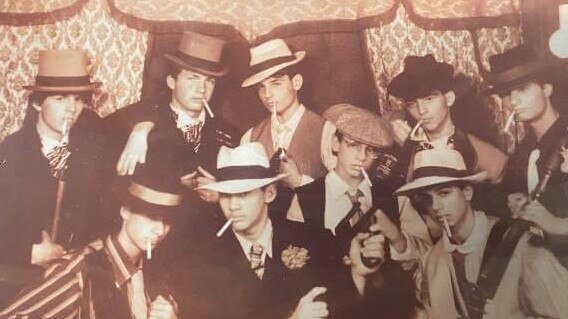
While rides, showbags and lollies were favourite for most, Focarelli and his boys were on the lookout for cute girls and any chance of a scrap.
“We’d look for fights and the reason for that was to show we’d stick together, always,” he said.
“So we are walking around and then we see the photo booth. We go to get a photo and there’s the cowboy look, the saloon look, then we saw the Tommy guns.
“We ran for it. Everyone was fighting for guns, I had a revolver in my hand. We were little gangsters.”
In Focarelli’s mind, the group’s love for that look was a deep-seeded but almost subconscious nod to their admiration for the mafia.
“I think for a lot of Italians back in those times, and Europeans and Greeks, we’ve always been, we always grew up in with the mafia films.”
“When you see a mafia or gangster movie, you see the presence of your fathers and uncles and the way they dressed, the way they talked.
“What happens, whether they’re mafia or not, just the presence of them and they act like that, even when they speak together. You’re not allowed to be in the room, they’ll ask you to leave and say this is not for you.”
DRAWN IN BY A BIKIE’S PATCH
By 16, Focarelli was wagging Blackfriars Priory School with friends and cousins to enjoy the good times Hindley Street had to offer.
Hungry Jack’s was often a popular hangout but the “glitz and glamour” of the strip’s more seedy establishments was always the drawcard.
“I would lie and say I was sleeping at my cousin’s house. At my house it was like Guantanamo Bay. You can’t get out, so I had to sneak out of the window,” Focarelli said.
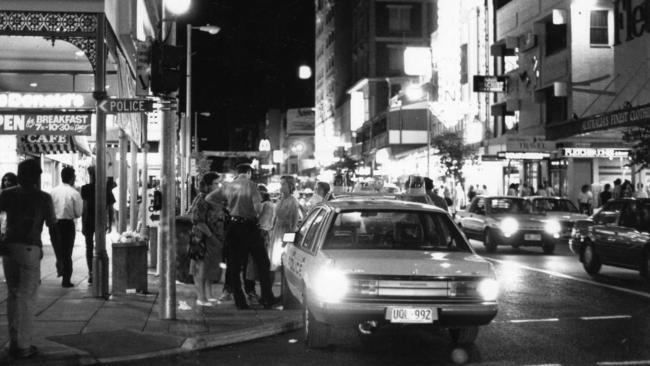
“We walked past the Crazy Horse and this bouncer was there. I know I was short, but he was big. I thought I could take on anyone in the world, I was invincible. Little did I know.
“We were getting lippy and there was these two ladies, one of them was the madam. I always remember her with her black hair and dressed in black.”
She floated downstairs and demanded to know what was going on.
“I said: ‘Madam’ and grabbed her hand and I kissed her,” Focarelli said.
“She either wanted to kick me in the butt or kiss me on the lips.
“I said my name is Enzo, I wanted to come up because we’ve never been here.
“She said: ‘You know what, follow me.’
“So I looked at my friends and said: “Okay, follow me in a cheeky way.’
Women without tops were dancing on poles and serving drinks to an intimate crowd.
It didn’t take Focarelli long to spot the most important man in the building.
“While the boys are watching, I turn around and I see this dude and a girl stripping for him on this round table,” he said.
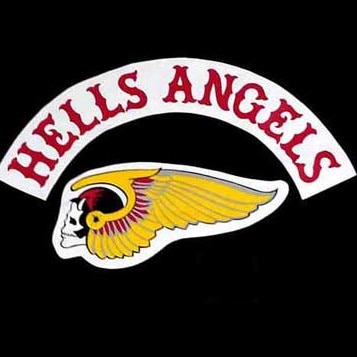
“He’s got this patch on. If I look carefully there’s a wing on the front but the back says Hells Angels.
“It drew me in straight away that patch. I loathe them now but at that time it was love. He drank ouzo and coke. I went over there and introduced myself.
“I said: ‘Hey I saw you from over there, I wanted to buy you a drink.’
“He said: ‘No.’
“I said: ‘Just let me offer you a drink and we’re done.”
The man agreed, but the second the drink arrived Focarelli was dismissed with “You can go now”.
“When I sat back down, my cousin said: ‘There’s something wrong with you’.
“I thought I was Superman but I wasn’t. I’ve had that attitude my whole life, I just have.”
GANGS OF HINDLEY STREET
Soon after, Focarelli found himself involved with a tough street gang.
They ran Adelaide’s nightlife scene and were well known – especially at Rio’s Nightclub.
When their leader, a prominent crime figure, needed a double, Focarelli was the obvious choice.
For him, the responsibility of bodyguard was more than just a job, it was about respect.
Paying homage to the man above you – by protecting him – wasn’t the right way, it was the only way.
“I was 100 per cent his bodyguard,” Focarelli said.
“He was more than a crime figure, he was the real deal. He’d fight anyone, he was very smart at business. I would’ve followed him to my death.”
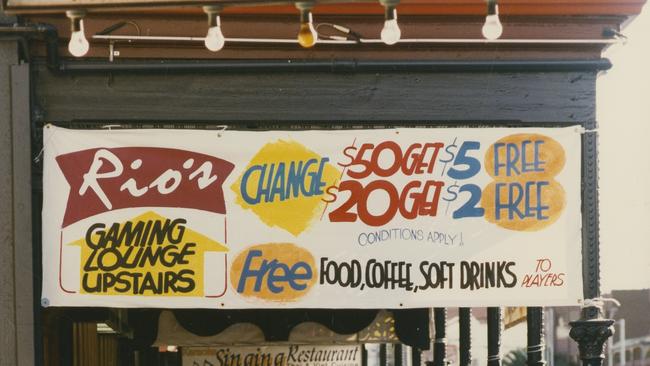
Focarelli rose through the ranks, becoming a confidant to the boss over numerous years and proved his worth in dangerous situations.
While out on the town, Focarelli would look after Kiwi bouncers that “stood tall like mountains” with sneaky shots of alcohol.
The gang lived like kings on Hindley Street.
But eventually the wild lifestyle caught up with Focarelli. Heroin dealing and an assault charge landed him behind bars. Adelaide’s criminal landscape would be different when he re-emerged and joined the Hells Angels in 2006.

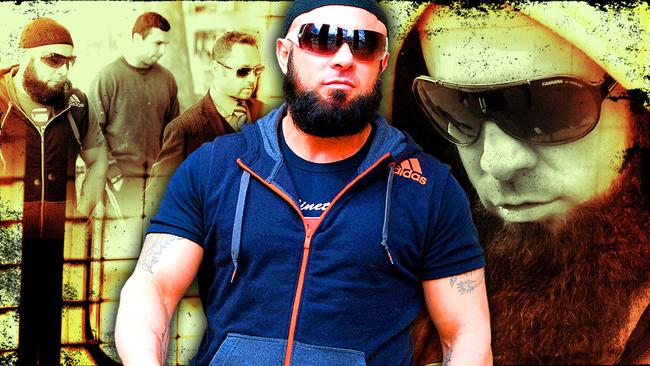
‘I miss being able to talk to them’: Tribute for slain Aussie brothers
A tribute has been unveiled where Australian brothers Jake and Callum Robinson and their American friend were murdered during a surf trip.
Melb private schoolboy’s stunning Russian mafia admission
An investigation into former Melbourne private schoolboy Damien Carew has taken a dramatic turn after his latest police confession.